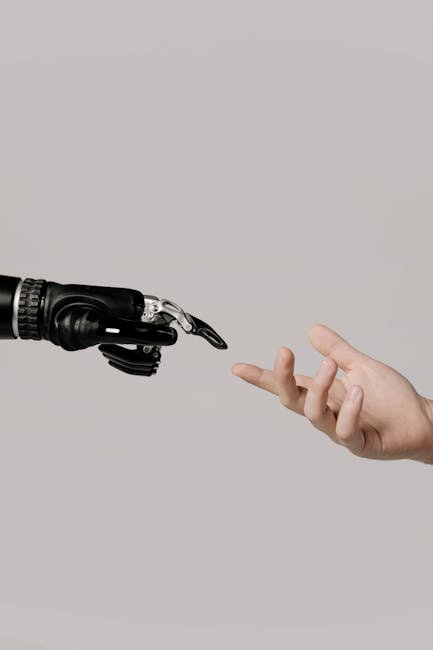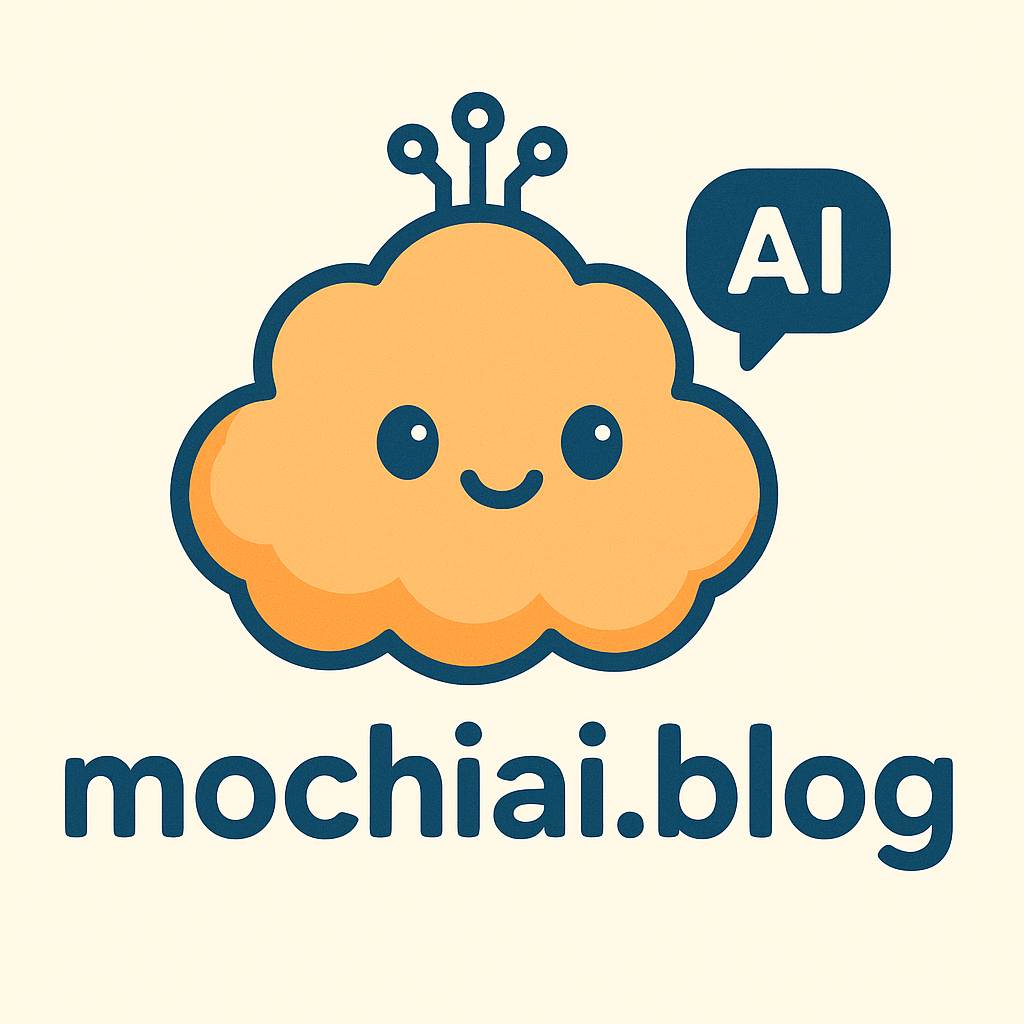
01 Aug AI-Powered Diagnostics: Transforming Healthcare
AI-Powered Diagnostics: Transforming Healthcare
The Dawn of a New Diagnostic Era
Artificial intelligence (AI) is rapidly revolutionizing healthcare, and diagnostics is at the forefront of this transformation. For decades, medical diagnostics relied primarily on human expertise, laboratory tests, and imaging techniques. While these methods remain crucial, AI-powered diagnostics offer unprecedented capabilities in terms of speed, accuracy, efficiency, and personalized insights, paving the way for earlier and more effective treatment. This article delves into the multifaceted impact of AI on diagnostics, exploring its applications, challenges, and future potential.
AI in Medical Imaging: Seeing Beyond the Human Eye
Medical imaging modalities such as X-rays, CT scans, MRIs, and PET scans generate vast amounts of data. Analyzing these images manually is a time-consuming and error-prone process, even for highly skilled radiologists. AI algorithms, particularly deep learning models, excel at image recognition and analysis, enabling them to detect subtle anomalies and patterns that might be missed by human observers.
-
Enhanced Detection of Cancer: AI can significantly improve the early detection of cancer. Algorithms trained on thousands of images can identify tumors in lung, breast, and other organs with remarkable accuracy, even at early stages when treatment is most effective. For example, AI-powered tools can analyze mammograms to detect microcalcifications, which are early indicators of breast cancer. They can also analyze CT scans of the lungs to detect small nodules that might be cancerous.
-
Improved Accuracy in Neurological Imaging: AI algorithms can analyze brain scans to detect signs of Alzheimer’s disease, stroke, and other neurological disorders. By identifying subtle changes in brain structure and function, AI can help clinicians diagnose these conditions earlier and more accurately, allowing for timely intervention. For instance, AI can quantify the volume of different brain regions and detect patterns of atrophy associated with Alzheimer’s disease.
-
Faster Turnaround Times: AI-powered image analysis can significantly reduce the time it takes to interpret medical images. This is particularly important in emergency situations, such as stroke, where rapid diagnosis and treatment are critical. AI can automatically triage images and flag those that require immediate attention, allowing radiologists to prioritize their workload.
-
Reduced Radiation Exposure: AI can enhance the quality of medical images, allowing for lower radiation doses. This is particularly important for pediatric patients, who are more susceptible to the harmful effects of radiation. AI algorithms can denoise images acquired at lower radiation doses, preserving diagnostic accuracy while minimizing radiation exposure.
AI in Pathology: Revolutionizing Disease Diagnosis
Pathology is the study of disease at the microscopic level. Pathologists examine tissue samples under a microscope to diagnose diseases, such as cancer and infections. This is a labor-intensive and subjective process. AI is transforming pathology by automating many of the tasks involved in tissue analysis, improving accuracy, and reducing turnaround times.
-
Automated Image Analysis: AI algorithms can analyze microscopic images of tissue samples to identify cancerous cells, assess tumor grade, and predict patient prognosis. This can help pathologists make more accurate and informed diagnoses. For example, AI can analyze images of breast cancer tissue to determine the expression of hormone receptors, which is important for guiding treatment decisions.
-
Improved Accuracy in Diagnosing Cancer: AI can improve the accuracy of cancer diagnosis by reducing inter-observer variability. Different pathologists may have different interpretations of the same tissue sample, leading to inconsistent diagnoses. AI algorithms can provide a more objective and consistent assessment of tissue samples, reducing the risk of diagnostic errors.
-
Faster Turnaround Times: AI can automate many of the tasks involved in tissue analysis, such as cell counting and image segmentation, significantly reducing the time it takes to process tissue samples. This can help speed up the diagnostic process and allow patients to receive treatment sooner.
-
Personalized Medicine: AI can be used to identify biomarkers in tissue samples that can predict a patient’s response to specific therapies. This can help clinicians tailor treatment to the individual patient, improving outcomes. For example, AI can analyze the genetic makeup of a tumor to identify mutations that may make it susceptible to certain drugs.
AI in Genomics: Unlocking the Secrets of the Genome
Genomics is the study of genes and their functions. Analyzing genomic data can help diagnose genetic diseases, predict disease risk, and personalize treatment. However, genomic data is complex and requires sophisticated analytical tools. AI is playing an increasingly important role in genomics, enabling researchers and clinicians to make sense of this vast amount of data.
-
Improved Accuracy in Diagnosing Genetic Diseases: AI can analyze genomic data to identify mutations that cause genetic diseases. This can help clinicians diagnose these conditions more accurately and provide appropriate treatment. For example, AI can analyze the genomes of patients with cystic fibrosis to identify mutations in the CFTR gene.
-
Predicting Disease Risk: AI can be used to predict a person’s risk of developing certain diseases, such as heart disease and cancer. By analyzing genomic data, AI can identify individuals who are at high risk and recommend preventive measures. For instance, AI can analyze genomic data to assess a person’s risk of developing breast cancer based on their BRCA1 and BRCA2 genes.
-
Personalized Medicine: AI can be used to personalize treatment based on a person’s genetic makeup. By analyzing genomic data, AI can identify individuals who are likely to respond to specific therapies. This can help clinicians tailor treatment to the individual patient, improving outcomes. AI can analyze the genomes of cancer cells to identify mutations that may make them susceptible to targeted therapies.
AI in Laboratory Medicine: Automating and Optimizing Processes
Laboratory medicine involves the analysis of blood, urine, and other bodily fluids to diagnose diseases. AI is being used to automate and optimize many of the processes involved in laboratory medicine, improving accuracy and reducing turnaround times.
-
Automated Sample Analysis: AI can be used to automate the analysis of blood, urine, and other bodily fluids. This can reduce the risk of human error and improve the accuracy of results. For example, AI can be used to automatically count blood cells and identify abnormal cells.
-
Improved Quality Control: AI can be used to monitor the quality of laboratory tests and identify potential problems. This can help ensure that results are accurate and reliable.
-
Faster Turnaround Times: AI can automate many of the tasks involved in laboratory medicine, reducing the time it takes to process samples and report results. This can help speed up the diagnostic process and allow patients to receive treatment sooner.
Challenges and Considerations
While AI-powered diagnostics offer tremendous potential, several challenges and considerations must be addressed to ensure its successful implementation:
-
Data Bias: AI algorithms are trained on data, and if the data is biased, the algorithms will also be biased. This can lead to inaccurate or unfair diagnoses. It is important to ensure that training data is representative of the population it will be used to diagnose.
-
Explainability: Many AI algorithms are “black boxes,” meaning that it is difficult to understand how they arrive at their conclusions. This can make it difficult for clinicians to trust AI-powered diagnoses. Efforts are underway to develop more explainable AI algorithms.
-
Regulatory Approval: AI-powered diagnostic tools must be rigorously evaluated and approved by regulatory agencies before they can be used in clinical practice. This process can be time-consuming and expensive.
-
Ethical Considerations: The use of AI in diagnostics raises a number of ethical considerations, such as privacy, security, and the potential for job displacement. These issues must be carefully considered as AI is integrated into healthcare.
-
Cost: The development and implementation of AI-powered diagnostic tools can be expensive. It is important to ensure that these tools are affordable and accessible to all patients.
The Future of AI in Diagnostics
The future of AI in diagnostics is bright. As AI technology continues to develop, we can expect to see even more sophisticated and accurate diagnostic tools emerge. AI is likely to play an increasingly important role in all aspects of diagnostics, from medical imaging and pathology to genomics and laboratory medicine. The convergence of AI with other technologies, such as wearable sensors and mobile health apps, will further enhance its diagnostic capabilities, enabling continuous monitoring and personalized insights. Telehealth platforms integrating AI-powered diagnostics will expand access to specialized care, particularly in underserved communities. Ultimately, AI promises to transform healthcare by enabling earlier, more accurate, and more personalized diagnoses, leading to improved patient outcomes and a more efficient healthcare system.
